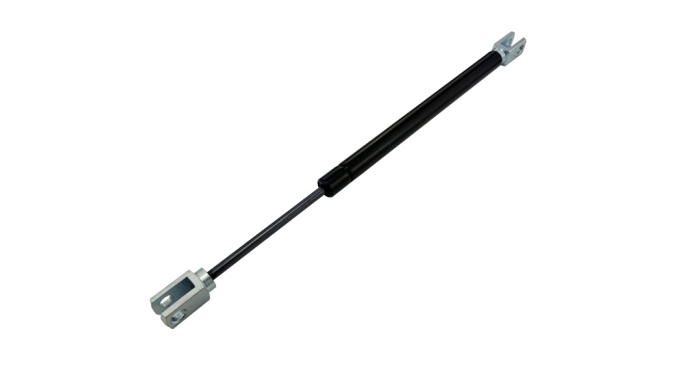Springs are essential components in various mechanical systems, used to store and release energy. Among the different types of springs, gas springs and traditional mechanical springs are two of the most common. Understanding their differences can help in selecting the appropriate type for specific applications.
Structural Differences
Gas Springs: These springs use compressed gas, typically nitrogen, contained within a cylinder to exert force. They consist of a piston rod that moves in and out of the cylinder, allowing for smooth and controlled motion. Gas springs are often used in applications requiring precise control over motion and damping.
Mechanical Springs: Also known as coil springs, they rely on the deformation of metal to store energy. Common types include helical, leaf, and torsion springs. Mechanical springs are generally simpler in design, made from coiled metal that compresses or extends under load.
Functional Differences
Energy Storage and Release:
Gas Springs: Store energy through the compression of gas, providing a smooth force output that can be adjusted by changing the gas pressure.
Mechanical Springs: Store energy through physical deformation. When the external force is removed, they return to their original shape, releasing the stored energy.
Control and Precision:
Gas Springs: Offer more precise control over motion, speed, and damping. They are ideal for applications requiring consistent force over a long distance.
Mechanical Springs: Provide consistent force but have limited control over motion characteristics. They are suitable for applications where precision is not critical.
Performance Characteristics
Load Capacity:
Gas Springs: Generally have a lower load capacity compared to mechanical springs but can be customized for specific force requirements.
Mechanical Springs: Typically offer higher load capacities and are more durable under varying temperatures and conditions.
Space Requirements:
Gas Springs: Require less space due to their compact design, making them suitable for applications with limited space.
Mechanical Springs: Often larger and require more space to operate effectively.
Cost and Maintenance
Cost:
Gas Springs: Tend to be more expensive initially due to their complex design but may offer long-term savings through reduced maintenance needs.
Mechanical Springs: Generally more cost-effective upfront but may incur higher maintenance costs over time due to wear and tear.
Maintenance:
Gas Springs: Require minimal maintenance as the components are enclosed within a cylinder, protecting them from external elements.
Mechanical Springs: May require regular maintenance to prevent wear and ensure optimal performance.
Applications
Gas Springs: Commonly used in automotive applications (e.g., car hoods), office chairs, medical equipment, and other scenarios requiring controlled lifting or lowering.
Mechanical Springs: Widely used in suspension systems, valves, mattresses, door hinges, and other static or slow-moving applications where rapid acceleration is needed.
Each type has its unique advantages that make it suitable for different engineering needs. The choice between gas springs and mechanical springs depends on specific application requirements such as load capacity, space constraints, cost considerations, and desired control over motion.
